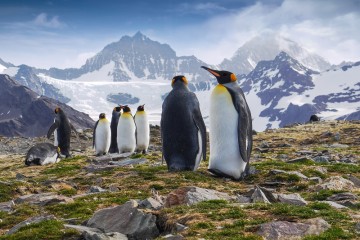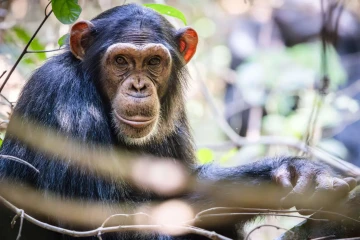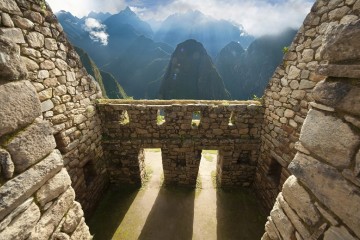Find out more about our trips in Patagonia
Comprised almost entirely of protected reserves, Patagonia is a land ruled by magnificent, untamed nature, where volcanoes, glaciers, forests, fjords and a host of uniquely hardy wildlife attract visitors in their droves. From penguins to haciendas, from spellbinding ice shelves to incredibly luscious forests and vertiginous peaks that just beg to be climbed: Patagonia is one of the world’s most coveted travel destinations. Yet planning a trip to this stunning yet remote and rugged destination may seem daunting at first, with relatively minimal infrastructure and unpredictable weather scaring off even the most experienced travellers. But fear not, intrepid explorer, for our insider guide to the best Patagonia travel tips will see you tackle and conquer this unmissable place like an old-world explorer.
From what to pack to when to go, what to see and do and how to get around: our insider’s guide to Patagonia leaves no stone upturned.
1. DO understand more about Patagonia before planning your trip
If there’s one aspect of Patagonia that seems to be world renowned, aside from its remarkable highlights, it would have to be the fact that this is a somewhat difficult and relatively expensive place to visit. Understanding more about Patagonia (like where it is, its sheer size and remoteness) will help you understand the basics of planning a trip to South America’s southern region: why it’s essential you have an idea of where in Patagonia you’d like to go, how much time you need for a visit and what logistical conundrums you’re likely to face. Read out 10 Incredible Patagonia Facts to get a feel for the grandeur of the place and learn why small group tours really are the Genius Way to Discover Patagonia. In such a remote destination, where the best highlights are hard to reach, having someone else worry about the planning and transportation is a priceless pro and, when you consider that sharing trips makes them cheaper (especially if travelling solo), Patagonia is tailor-made for travel-sharing.
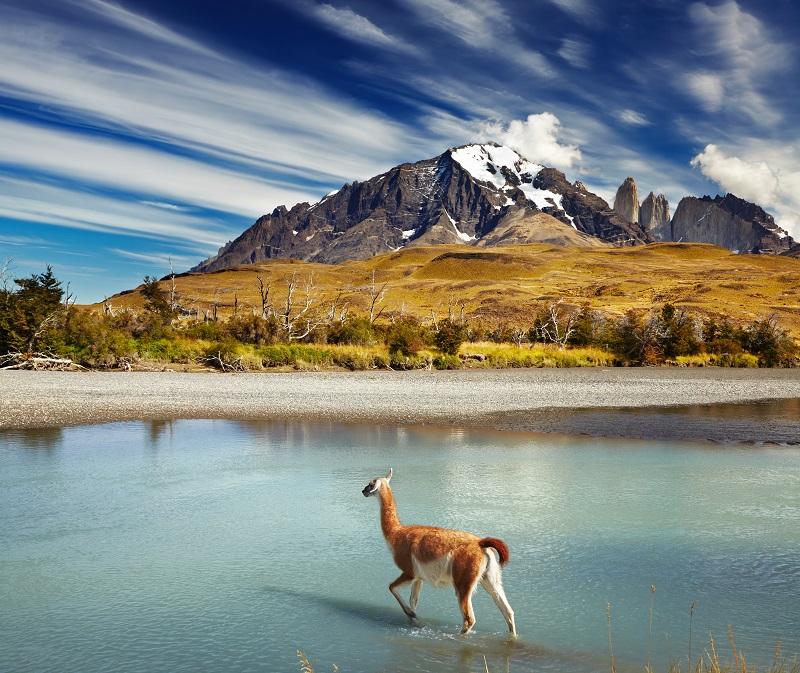
Patagonia Tour
2. DO choose the best time to visit…for YOU!
‘When’s the best time to visit Patagonia’ is arguably the most hotly-debated argument in South American travel circles. At VivaExpeditions, we’ve explored Patagonia during the height of tourist season (December-February) during the glorious shoulder months (September-November and again March-early May) and even during the startling winter months (June-August) and can attest to there being plenty of benefits to each one, which is why there will never be a definite answer to that age-old question. Our month-by-moth Guide to the Best Time to Visit Patagonia will give you an idea of the distinct monthly highlights in the region and help you decide when the best time is for you to visit, given your personal preferences. For the highest chances of great weather and to have all the treks, activities and lodging options open, the hottest months are ideal although you should expect peak crowd numbers and book well ahead of time. If you’re more into enjoying the stunning scenery – rather than exploring it thoroughly – then the colourful shoulder months should be your prime pick. Less people, more vivid foliage and cheaper rates for the most luxurious lodges are just some of the benefits of travelling here at high-season’s edge. If you’re into skiing, on the other hand, then planning a winter trip to Patagonia’s most celebrated ski fields will make for a totally unforgettable trip.
3. DO pack like a pro
Unpredictable and harsh weather is the main factor that truly defines a trip to Patagonia so no matter what time of year you visit (yes, even January) you’ll need to prepare for a host of eventualities. From freezing howling winds to blinding sunshine and temps that go from the high teens to 0 (all totally possible in the same hour) Patagonia can be a challenging destination for which to pack. Your best bet? Dress in layers, always carry wet-weather gear, choose smart fabrics that wick away sweat and don’t forget the sunscreen. Pack more camera batteries and SD cards than you imagine needing and include a great Latin America book to read for those relaxing afternoons lounging around in your lodge. For a more detailed list of what to take along on your adventure, see our complete Patagonia Packing List
4. DON’T miss trekking in Patagonia
Patagonia may be revered as one of the world’s best trekking destination yet even though the region does attract experienced hikers and mountaineers from all over the world, it doesn’t mean you won’t find plenty of easy and moderate walking routes as well. Our Best Trekking Guide to Patagonia gives a comprehensive run-down of the most popular places to trek and highlights why exploring the region on your feet is really the best way to go. Away from roads and town centres, you’ll have a much higher chance of encountering the stunning wildlife that resides here and can immerse yourself in the grandiose wilderness that makes this such a unique place to visit. Choose an off-the-beaten-path trek in Patagonia and you may well feel like you have the entire place to yourself. This rates as one of the most memorable experiences of all. So even if you have little or no experience, going for a walk in Patagonia is an absolute must and you’ll find a wide array of walking routes that are easy to reach and even easier to complete. If you do want to indulge in some harder treks, and even multi-day trips, do ask us about all the rental gear available so you need not bring it from home.
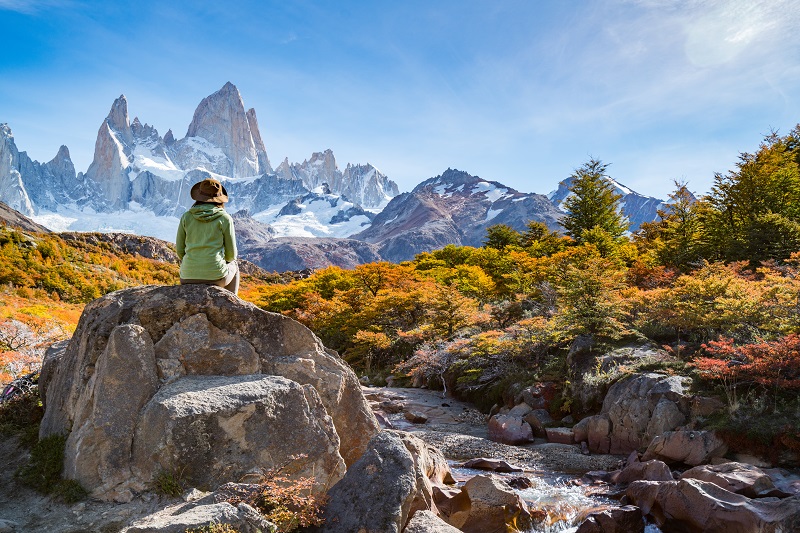
Tekking in Patagonia
5. DO include destinations in both Argentina AND Chile
Whether you plan on reaching Patagonia from either Buenos Aires (Argentina) or Santiago (Chile), don’t make the mistake of assuming the easiest thing would be to stay in whichever country you arrive in. The best of Patagonia is evenly shared by the two countries and, once south, hopping across borders to soak up the sights is not as difficult as you may think. Patagonia’s best national parks showcase the natural diversity of the region, which really is mind-boggling. Whilst Chile boasts big names like Torres del Paine, the Carretera Austral road-trip, the Chilean Fjords and parts of the Lakes District, Argentina offers the other portion of lakes, the Tierra del Fuego National Park and, of course, the breathtaking Perito Moreno Glacier in Los Glaciares National Park. Visiting only one country would do you, and Patagonia, a great disservice so make sure you spread your time equally among the two. Not sure how best to do that? Visit our Patagonia Tours page and see how seamlessly we plan our tours through both countries.
6. DO bring USD bills
ATMs are located in the region’s major entry points but save yourself some time and extra fees by bringing spending money with you, in USD bills. Ask us about all the inclusions in your tour so have a fair idea of how much spending money you’ll need to bring.
7. DO indulge in the sensational produce of Patagonia
From world-renowned Argentinian Malbec to artisanal German-style beers, sensational seafood on the coast and melt-on-your mouth steaks in the hinterland: Patagonia is one of the most delicious places you’ll ever visit, so best go there famished. Thanks to the influx of European migrants in the late 1800s and an impressive array of local produce, like rhubarb, Patagonian hare, king crab and oysters, the region boasts one of the most varied cuisines in all of Latin America. Indulging at every opportunity is bound become one of the best highlights of your trip. Patagonia is brimming with authentic Welsh tea houses and German beer gardens and, coupled with some of the best boutique wineries and cervezerias in the entire continent, it makes for a comprehensive and outstanding foodie adventure.
8. DO know how to get around in Patagonia
Overland travel in Patagonia is the domain of Patagonia small group tours as the expense and time-sucking aspect of organizing your own private transfers between destinations makes it a near-impossible feat to achieve if you only have a week, or two, at your disposal. Distances are huge and public transport at a bare minimum (a few long-haul bus services run between 5 and 7-hour transfers and can cost up to USD 130) so unless you do choose a comprehensive Patagonia tour you’ll need to take a few internal flights to see and do it all and that can add up to a considerable expense.
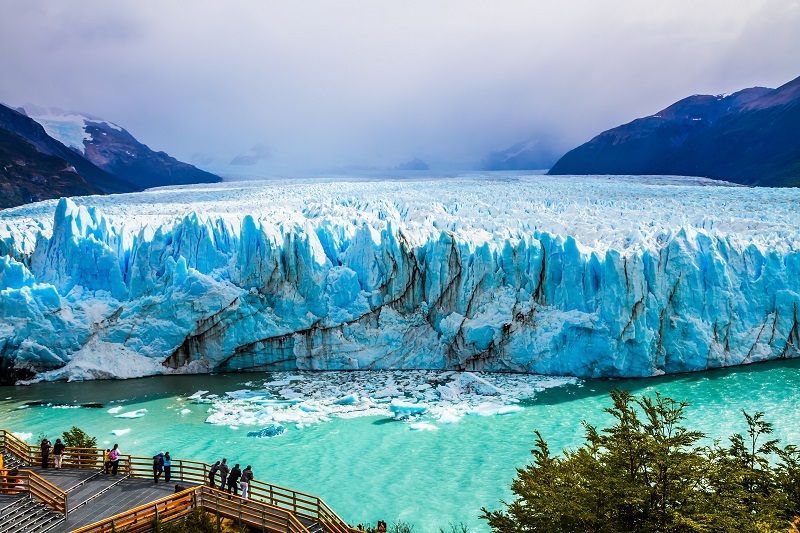
Patagonia Ushuaia Travel
9. DO include other destinations if you have time
Reaching Patagonia from New Zealand and Australia is an endeavour of its own accord and should be seen for the unique investment it is: you’ll be setting foot on one of our planet’s most celebrated regions. Yet when you do invest time and money into such a formidable journey, it may be worth your while to consider what else you can squeeze into your adventure. Did you know, for example, that the far southern tip of Patagonia is the most popular launch pad for Cruises to Antarctica? Or that including a few fabulous days of shopping, sightseeing and feasting in one of South America’s best capital cities is both easy and inexpensive? Layovers in Santiago and Buenos Aires are perhaps the most popular options for those visiting Patagonia although both cities are also great springboards for further travel on to Brazil, Peru and Bolivia or, indeed, anywhere else in Latin America. Speak to one of our specialist Patagonia experts and they’ll help you plan a whirlwind trip that you’ll never forget.
10. DO have the time of your life!
Hard to reach and impossible to forget, Patagonia is one of the true wonders of our planet. Untamed, captivating and awe-inspiring, this is a land where nature, not man, reigns supreme. Trust VivaExpeditions to take you there and back in comfort, safety and style, and do contact us for more info.
Learn more about Patagonia on our blog
Laura Pattara
Laura Pattara writes for Viva Expeditions with a special love for all things Latin America. She had guided overland tours across the continent, reached Machu Picchu five times on foot, and even dressed up as a giant toucan for Carnaval. With a degree in languages and two decades of global travel experience behind her, Laura has a long-standing love for the Andes, soaring condors, and a truly delicious empanada.
|
